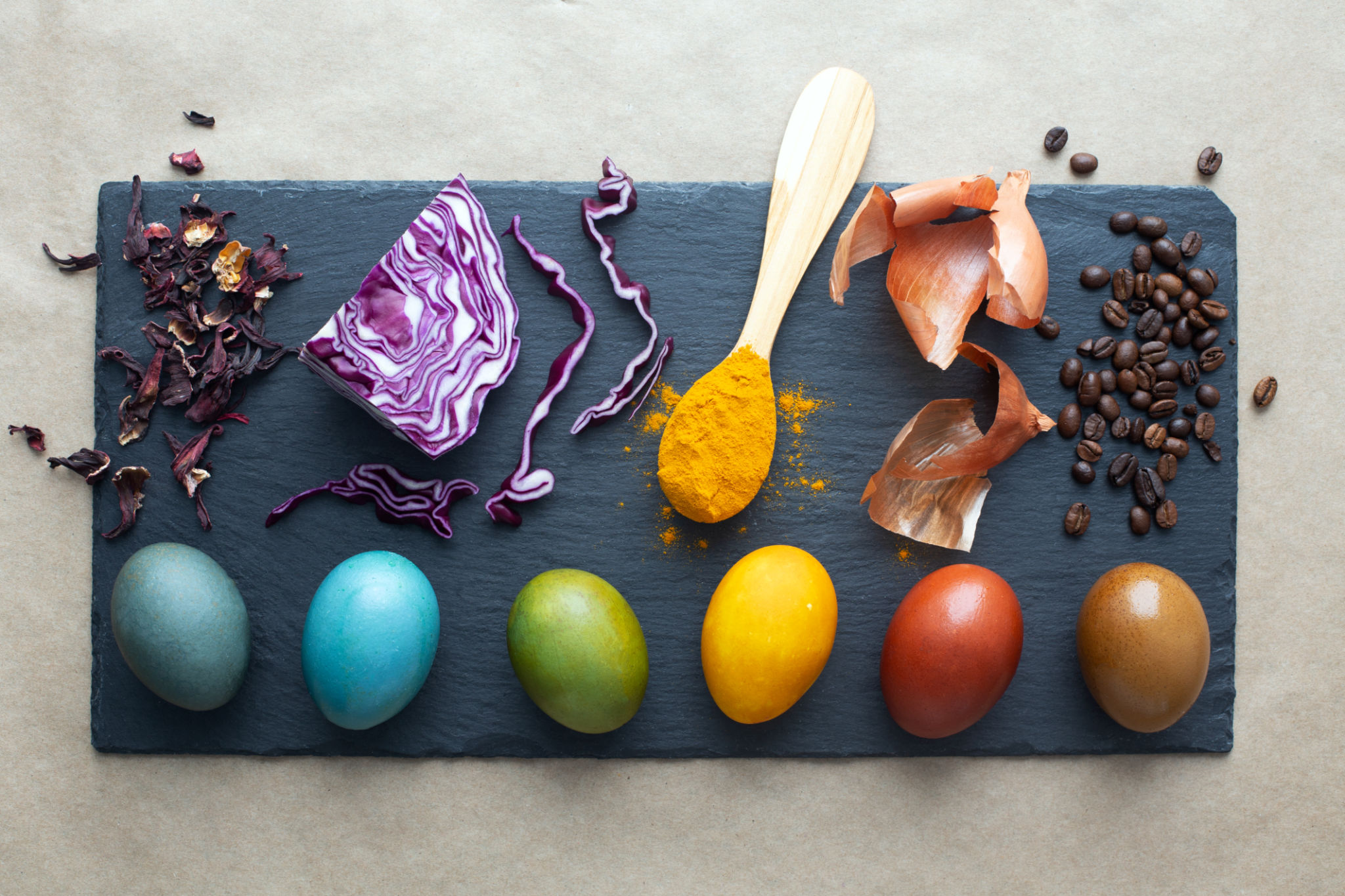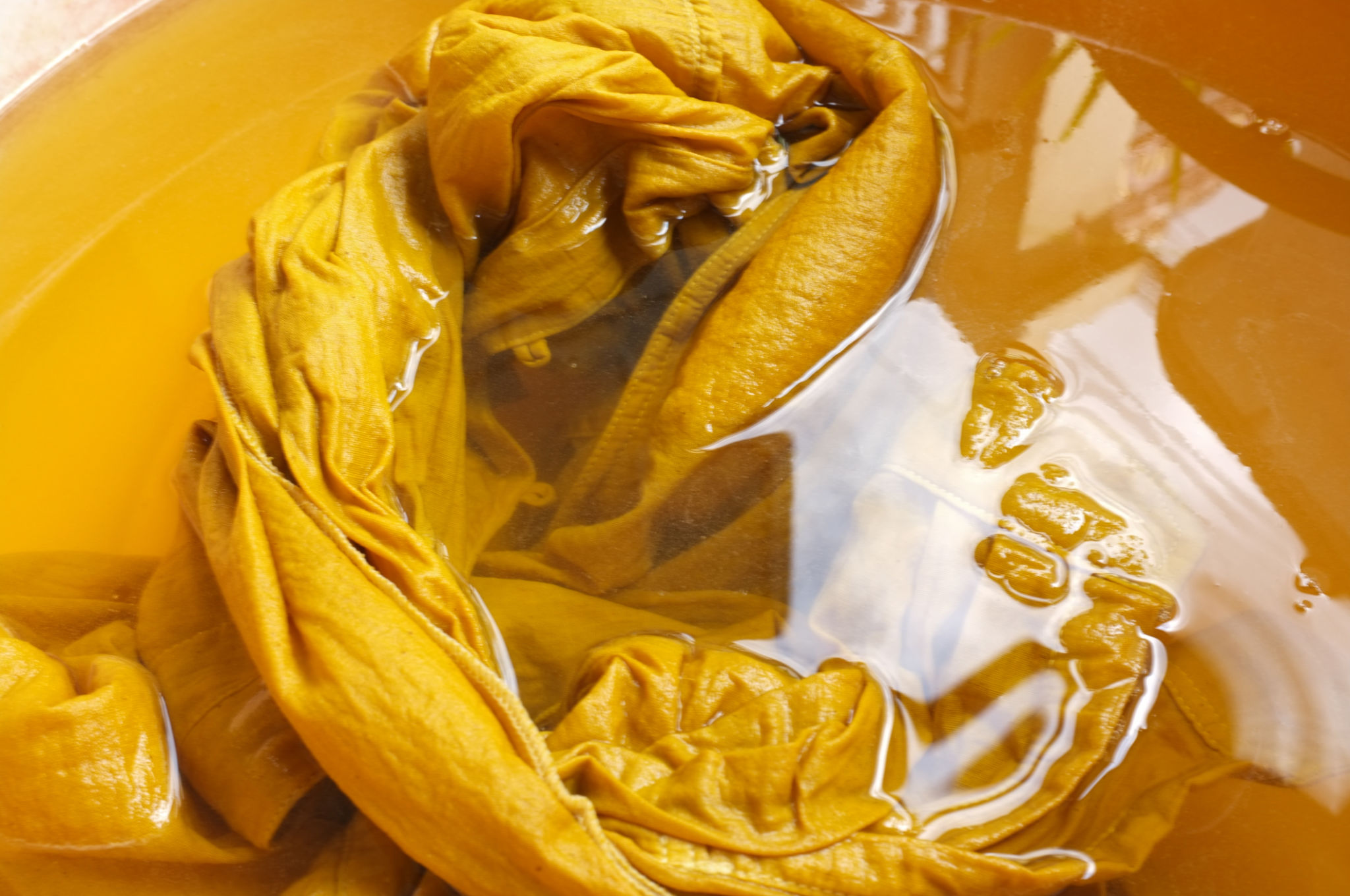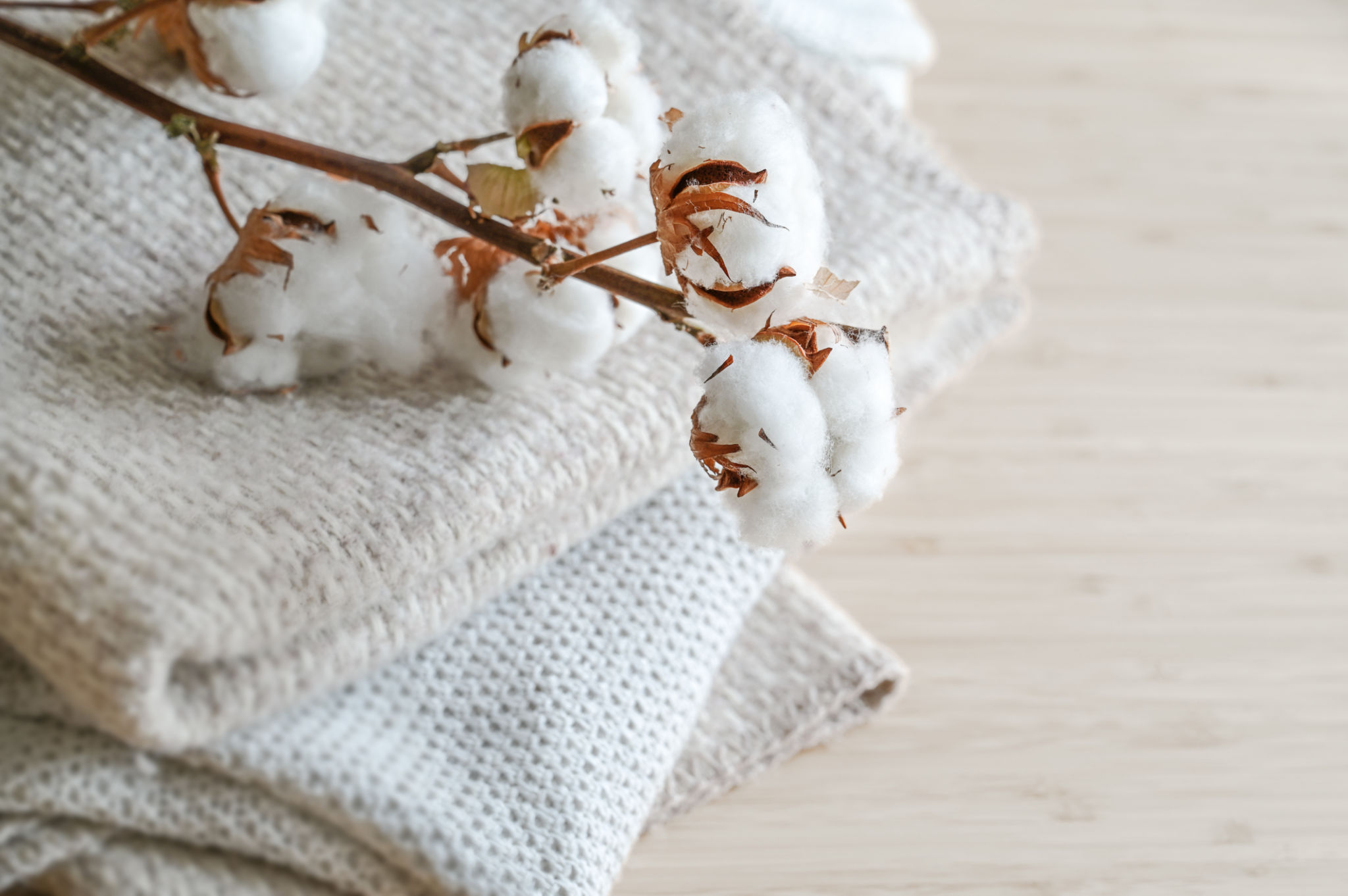DIY Projects: Creating Eco-Friendly Natural Dyes at Home
The Art of Natural Dyes
In recent years, the trend of using eco-friendly products has gained immense popularity. This shift towards sustainability has led many to explore natural dyes as an alternative to synthetic ones. Natural dyes are derived from plant materials, minerals, and even insects, offering a wide range of beautiful and unique colors. Not only are they environmentally friendly, but they also provide an opportunity to connect with nature in a creative way.

Creating your own natural dyes at home can be a rewarding experience. It's a fantastic way to reduce chemical exposure in your textiles and embrace a more sustainable lifestyle. Plus, the process of extracting colors from natural sources is often simpler than you might think.
Sourcing Materials for Natural Dyes
The first step in creating natural dyes is gathering the right materials. Many common plants and kitchen scraps can be used to produce vibrant colors. Here are a few sources to consider:
- Vegetables and Fruits: Onion skins, red cabbage, and avocado pits are excellent for creating various shades.
- Flowers: Marigolds, dandelions, and hibiscus flowers are popular choices for dye-making.
- Spices: Turmeric and paprika provide rich, warm hues.

Preparing the Dye Bath
Once you've collected your materials, it's time to prepare the dye bath. This process involves extracting the color from your chosen source. Here's a basic guide to get you started:
- Chop your materials: Cut your plant materials into small pieces to maximize color extraction.
- Simmer in water: Place the chopped materials in a pot with enough water to cover them. Simmer gently for about an hour, stirring occasionally.
- Strain the liquid: Once the desired color intensity is reached, strain the liquid to remove plant solids. What remains is your dye bath.
Dyeing Your Fabric
With your dye bath ready, it's time to dye your fabric. Before starting, ensure your fabric is clean and free of any finishes or treatments that might interfere with dye absorption. Here's how to proceed:
- Mordanting: This step helps the dye adhere to the fabric. Use natural mordants like alum or vinegar for best results.
- Dyeing Process: Submerge your fabric in the dye bath and simmer for 30-60 minutes, depending on the depth of color desired.
- Rinsing and Drying: Remove the fabric from the dye bath, rinse it thoroughly in cold water, and hang it to dry.

Natural dyes offer endless possibilities for customization. Experimenting with different plants and techniques can yield a vast array of colors and patterns. Whether you're dyeing clothing, home textiles, or yarns, each project is an opportunity to create something truly unique.
Caring for Naturally Dyed Fabrics
After spending time creating beautiful natural dyes, it's important to take care of your dyed fabrics properly. Always wash them separately in cold water using a gentle detergent to maintain the colors. Avoid exposing them to direct sunlight for prolonged periods to prevent fading.
The beauty of DIY natural dye projects lies not only in their environmental benefits but also in the personal touch they bring to everyday items. By embracing this craft, you're not only creating beautiful colors but also contributing to a more sustainable world.

